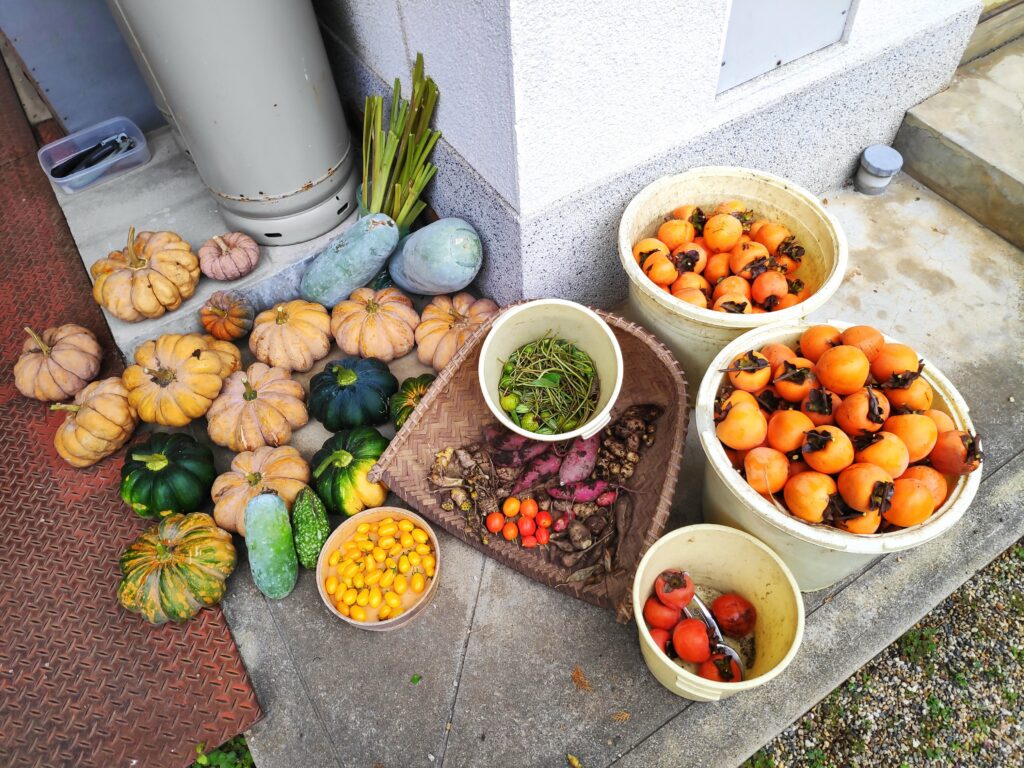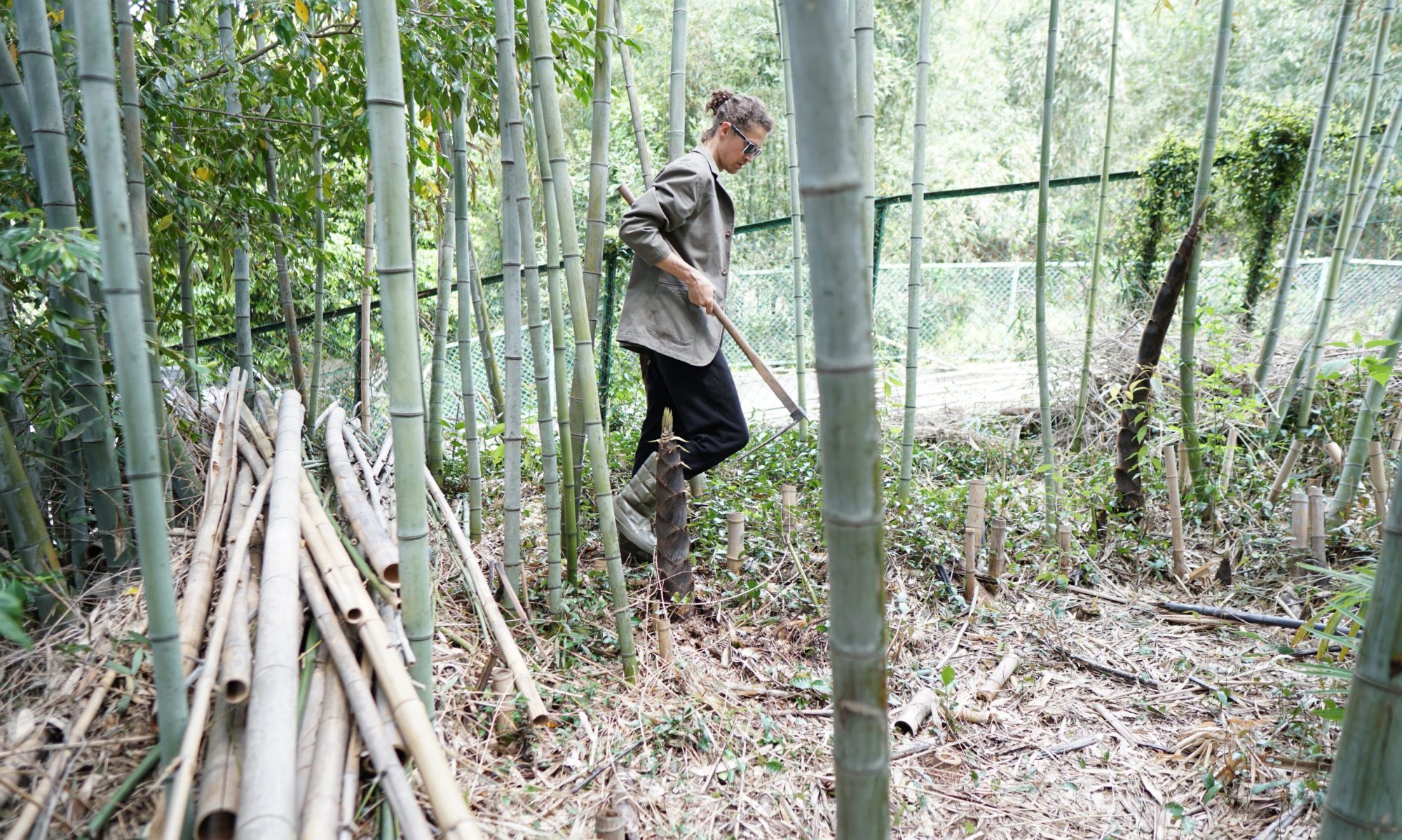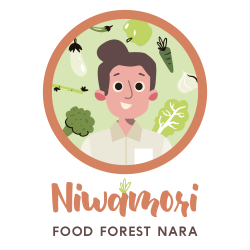For anyone looking to grow their own food and reduce dependency on store-bought produce, choosing the right plants makes all the difference. This guide is for anyone just beginning their journey towards food autonomy. These plants aren’t just easy to grow—they’re resilient, adaptable, and truly rewarding, even if you’re new to gardening. Here are my top four plant recommendations, along with the stories and lessons they’ve taught me over the years.
1. Garlic Chives: The Low-Maintenance Flavor Booster
Let’s start with garlic chives, a plant I’ve come to appreciate for its versatility and resilience. Garlic chives are the kind of plant that, once established, quietly provides without demanding much in return. Unlike some of the more finicky herbs, garlic chives thrive with minimal effort. They don’t need special watering or constant sunlight, and they can even grow in a pot. Harvesting is flexible—you can cut them about four times a year, making them a reliable addition to any garden.
In my kitchen, garlic chives are an unsung hero. Their mild garlic flavor complements so many dishes, adding a touch of sophistication to soups, stir-fries, and marinades. One of my favorite recipes is a Korea-inspired garlic chive pancake: I mix carrot tops from the garden, a touch of grated horseradish, cabbage, kale, kimchi, flour, soy milk, salt, and pepper, and cook it in rice oil. You can do a simpler version with just garlic chives, flour, and water, and it’s still delicious! For beginners, garlic chives are perfect for adding flavor without hassle. I love the idea that garlic chives can “hide in plain sight” among other plants, thriving quietly while adding a subtle punch to my cooking.
Why It’s Perfect for Beginners
For new gardeners, it’s easy to get discouraged by plants that need constant attention or special care. Garlic chives don’t ask for much and reward you with multiple harvests a year. You don’t even need a sprawling garden—a small pot on a windowsill will do just fine.
2. Strawberries: The Sweet Spreaders
There’s something magical about strawberries. They’re one of the first fruits I grew successfully, and I think that’s true for many beginner gardeners. Strawberries don’t just grow—they spread, filling in spaces over time, which makes them perfect for gardeners who want a plant that “pays it forward” by multiplying. Over the years, my strawberry plants have taken over several corners of the garden, transforming empty patches into lush berry havens.
One of my favorite aspects of growing strawberries is how social they are. Every year, I host a strawberry party in the garden, inviting friends and family to pick fresh berries right off the plants. There’s nothing like the taste of a sun-warmed strawberry that you’ve just picked yourself—it’s sweet, juicy, and satisfying in a way that store-bought berries can’t compare to. Plus, strawberries adapt well to different environments and are forgiving if you’re still getting the hang of garden care. Even if you start them in a spot with less-than-ideal sunlight, they can thrive. You might even grow enough to start a “strawberry nursery” for friends with sunny gardens!
Why It’s Perfect for Beginners
Strawberries are resilient and easygoing. Even without perfect soil or sunlight, they’ll grow and produce fruit. Once they’re in full sunlight, their DNA expression shifts, making them more prolific fruit-bearers. They’re almost guaranteed to make you feel like a successful grower.
3. Arugula: The Resilient, Self-Sowing Salad Green
Arugula (also called rucola or roquette) is my go-to plant for anyone looking to start gardening with a bit of adventure. I’ve been growing arugula for years, and it continually impresses me with its resilience and adaptability. Unlike garlic chives or strawberries, arugula has a growth pattern all its own. It flowers, self-sows, and seems to have a mind of its own, popping up in the garden season after season without any help from me.
Arugula’s flavor is unique—a peppery, spicy taste that adds a bold element to salads and dishes. And here’s an added bonus: pests aren’t particularly fond of arugula’s spicy kick. Unlike other brassicas like cabbages or broccoli, which tend to attract bugs, arugula often stays relatively pest-free. This makes it a fantastic option for beginner gardeners who might not be ready to handle pest control. Just plant it, let it grow, and enjoy the regular harvests it brings.
Why It’s Perfect for Beginners
Arugula’s quick growth cycle, ability to self-sow, and low susceptibility to pests make it a joy to grow. It’s an annual plant, but with enough space and minimal competition, it can behave like a perennial, coming back season after season. If you’re looking for a plant that can adapt to your garden while requiring little attention, arugula is a wonderful choice.
4. Asparagus: The Long-Term Investment
Asparagus is for those who don’t mind playing the long game. If you’re building a garden for food autonomy, asparagus is an investment worth making. It’s a perennial plant, which means once it’s established, it can produce for decades—up to 30 or even 40 years. The first year, you’ll see thin, delicate spears, but you’ll need to resist the urge to harvest them. By the third year, however, your patience will pay off as the spears grow thick enough to harvest.
Asparagus requires a bit more care than the other plants on this list. It’s important to let the thinner spears develop into their fern-like form, which strengthens the plant for future harvests. Over time, you can also divide the asparagus crowns and replant them, allowing your crop to regenerate and expand. There’s something deeply satisfying about knowing that your asparagus bed will be around for generations, providing food year after year. I think of asparagus as a legacy plant—something you plant not just for yourself, but for others who might one day benefit from it.
Why It’s Perfect for Beginners
Although asparagus takes longer to establish, it’s a hardy, self-sustaining plant once it’s settled. For beginners willing to wait for a crop that stands the test of time, asparagus is incredibly rewarding.
Additional Suggestions for Your Food Autonomy Garden
Ready to expand? Consider these options for a diverse garden:
- Kitchen Herbs: Reliable herbs like thyme and rosemary are low-maintenance and thrive in various environments.
- Spicy Greens: In addition to arugula, try watercress, karashina, and wasabina—easy-to-grow greens that bring unique flavors to the kitchen.
- Berries: Beyond strawberries, look into perennial berries suited to your area, like blueberries, raspberries, or blackberries.
- Perennials: Artichokes are another long-term option. Though they require more effort than asparagus, they’re a unique, rewarding addition.
If you’re curious about any of these plants or need help choosing varieties, feel free to reach out through my website, Niwamori.org I’m always happy to help others start their journey towards food autonomy and share what I’ve learned over the years.
In Conclusion
These four plants are more than just food sources—they’re allies in your journey towards food autonomy. Each has its strengths, quirks, and rewards, making them ideal choices for beginners who want the satisfaction of growing their own food. Gardening doesn’t have to be complicated or stressful; with the right plants, it can be a journey of discovery and joy.
Ready to dig in? Start small, grow big—your garden journey awaits!


